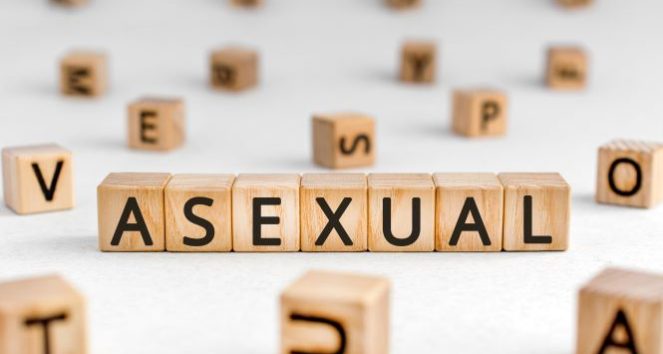
October 26, 2023
Asexuality has a long history of being overlooked and misunderstood. Asexuality Awareness Week, also known as “Ace Week,” is celebrated from October 22-28 this year. This week, created by Sara Beth Brooks in 2010, aims to teach people about asexuality, both what it is and why it’s a valid sexual orientation.
Many people don’t know much about what asexuality is or what it means to identify as asexual (or “ace”). Here is some basic information!
What Is Asexuality?
Asexuality is a sexual orientation characterized by a lack of sexual attraction to others. It exists on a spectrum, with sublabels like “graysexual” (sexual attraction to a small degree or in certain situations) and “demisexual” (no sexual attraction unless a strong emotional connection has been established). These categories can help those who identify as ace better understand themselves. Unfortunately, because asexuality is rooted in a lack of sexual attraction, ace people have often been labeled as “broken” or “abnormal.” But ace folks are none of those things!
Some asexual people may also identify as aromantic, which is a lack of romantic feelings for others. However, they are two different identities, and you can identify as ace without being aromantic, or aromantic without being ace.
Why Haven’t I Heard of It Before?
I identify as asexual and I only found out about it because it was the word of the day on a dictionary app! It’s common for people on the ace spectrum to feel confused. “I didn’t know how to describe my feelings for a long time,” says Michael, 16, of Metuchen, NJ. “But once I found out about asexuality, I knew that I was ace, and that cleared up a lot of confusion and uncertainty for me.”
Why don’t more people know about asexuality? For one, there isn’t a lot of asexual representation in TV shows and movies. Representation has increased in recent years, though. For instance, Todd from Bojack Horseman is one of the most famous and well-written asexual characters, and has served as an introduction to asexuality for many.
Other characters who have been discussed as being asexual or aromantic include Jughead from the Archie comics (not the Riverdale version), Sherlock Holmes, Peridot in Steven Universe and Lilith Clawthorne from The Owl House. However, this has typically been clarified behind the scenes by writers, actors, producers and directors, as opposed to a clear depiction on the screen.
Clearly, we need more consistent and accurate representation!
What You Can Do
Whether you identify as ace or not, by reading this article you’re already more aware of asexuality! Be sure to check out and support asexual writers, artists and actors. You can do this through engaging with their work: read a book by an asexual writer, watch a show with an asexual character, watch a movie featuring an asexual actor, etc.
And support your ace friends as well! For ace events during this week, check out Ace Week, and for more about asexuality, check out the Asexual Visibility & Education Network. Remember—it’s important to know about asexuality no matter the week.
